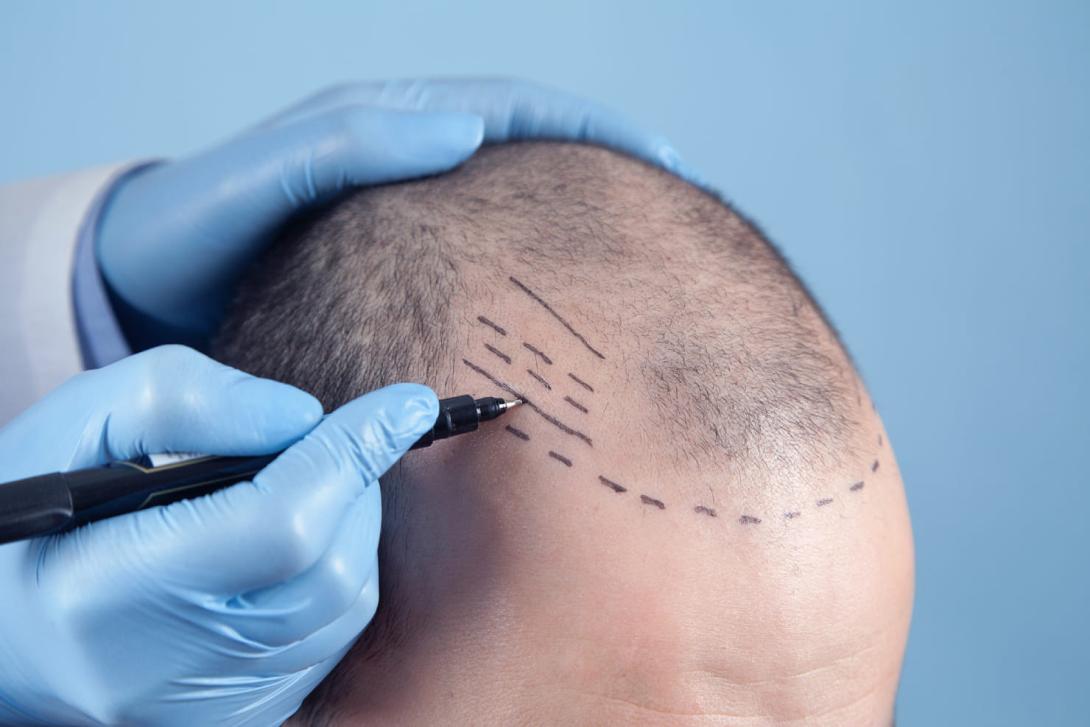
A natural-looking hairline is a critical component of a successful hair transplant In Riyadh, specialized clinics offer advanced techniques for hairline restoration, focusing on artistry and precision to achieve seamless and undetectable results. This comprehensive guide explores the intricacies of hairline restoration, the techniques used, and what contributes to a natural-looking outcome.
Why Hairline Restoration Matters:
The hairline frames the face and plays a vital role in overall facial aesthetics. A receding or uneven hairline can significantly impact one's appearance and self-confidence. Hairline restoration aims to recreate a natural-looking hairline that complements the individual's facial features, age, and desired hairstyle.
Key Principles of Natural Hairline Design:
Achieving a natural hairline requires careful consideration of several factors:
- Placement: The hairline should be positioned appropriately on the forehead, considering the individual's facial proportions and natural hairline landmarks.
-
Shape: A natural hairline is not perfectly straight. It has subtle irregularities and a slightly curved or M-shaped appearance.
-
Density: The hair density at the hairline should be slightly less dense than the rest of the hair, creating a soft, feathered edge.
-
Angulation and Direction: Hair follicles grow at various angles and directions. The transplanted hair should mimic this natural pattern.
-
Temporal Points: The temporal points (the areas at the sides of the forehead) are crucial for framing the face. They should be carefully addressed during hairline restoration.
Techniques for Hairline Restoration in Riyadh:
Several techniques are used for hairline restoration in Riyadh, each with its own advantages:
-
Follicular Unit Extraction (FUE): FUE is a popular choice for hairline restoration due to its minimally invasive nature and ability to create a natural-looking hairline. Individual hair follicles are extracted from the donor area and implanted into the hairline.
-
Direct Hair Implantation (DHI): DHI uses a Choi Implanter Pen for direct implantation of follicles, allowing for precise control over depth, angle, and direction, which is essential for creating a natural-looking hairline.
-
Follicular Unit Transplantation (FUT): While FUT is more commonly used for larger areas of hair loss, it can also be used for hairline restoration, particularly when a large number of grafts are required. However, the linear scar associated with FUT should be carefully considered.
- Sapphire FUE: This technique uses sapphire blades for creating incisions, which can result in less scarring and faster healing, further enhancing the natural appearance of the hairline.
The Hairline Restoration Procedure:
The hairline restoration procedure generally involves these steps:
- Consultation and Planning: A thorough consultation with a qualified hair transplant surgeon is essential. The surgeon will analyze your hair loss pattern, discuss your goals, and design a personalized hairline that complements your facial features.
- Donor Area Preparation: The donor area is shaved, and local anesthesia is administered.
-
Follicle Extraction: Hair follicles are extracted using the chosen technique (FUE or DHI).
-
Recipient Area Preparation: The hairline area is prepared, and local anesthesia is administered. The surgeon creates tiny incisions or insertion points, carefully considering the natural angle and direction of hair growth.
-
Graft Implantation: The extracted hair follicles are meticulously implanted into the hairline, paying close attention to density, distribution, and angulation.
- Post-Operative Care: The treated area is cleaned and bandaged. You will receive detailed post-operative instructions.
Achieving a Natural-Looking Hairline:
Several factors contribute to a natural-looking hairline:
- Artistic Skill: The surgeon's artistic eye and understanding of facial aesthetics are crucial.
- Proper Graft Selection: The surgeon should select fine, single-hair follicular units for the hairline to create a soft, natural edge.
-
Precise Placement: The hair follicles should be implanted at the correct angle and direction to mimic natural hair growth.
-
Feathered Edge: The hairline should have a slightly irregular, feathered edge, avoiding a harsh, straight line.
- Density Gradient: The hair density should gradually increase from the hairline back into the rest of the hair.
Choosing a Hairline Restoration Clinic in Riyadh:
Selecting a qualified and experienced surgeon is essential for a successful hairline restoration:
- Surgeon Expertise: Look for board-certified surgeons with specialized training and extensive experience in hairline restoration.
- Before and After Photos: Review patient photos specifically showcasing hairline restoration results.
- Patient Testimonials: Read reviews from previous patients.
- Technology and Facilities: Modern facilities and advanced technology are crucial.
Cost of Hairline Restoration in Riyadh:
The cost of hairline restoration in Riyadh varies depending on several factors, including the clinic, surgeon's experience, the number of grafts required, and the technique used. Consult with multiple clinics for accurate cost estimates.
Conclusion:
Hairline restoration in Riyadh offers a reliable and effective solution for individuals seeking to regain a natural-looking hairline and improve their overall appearance. By choosing a qualified surgeon with artistic skill and experience in hairline design, you can significantly enhance your chances of achieving a satisfying and natural-looking result. Remember to consult with a reputable clinic to determine the best approach for your specific needs and goals.

